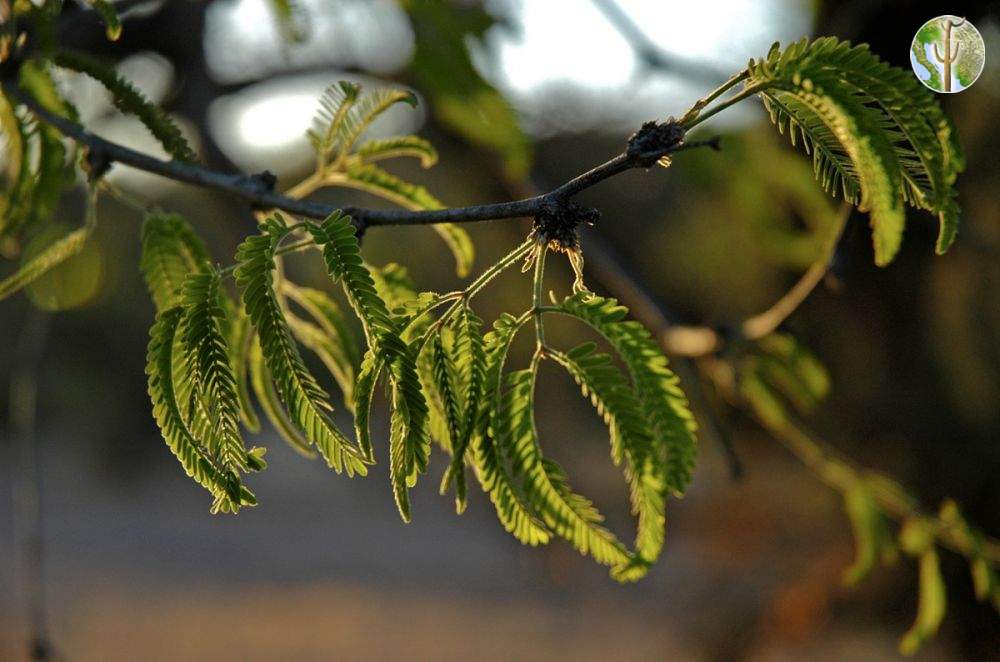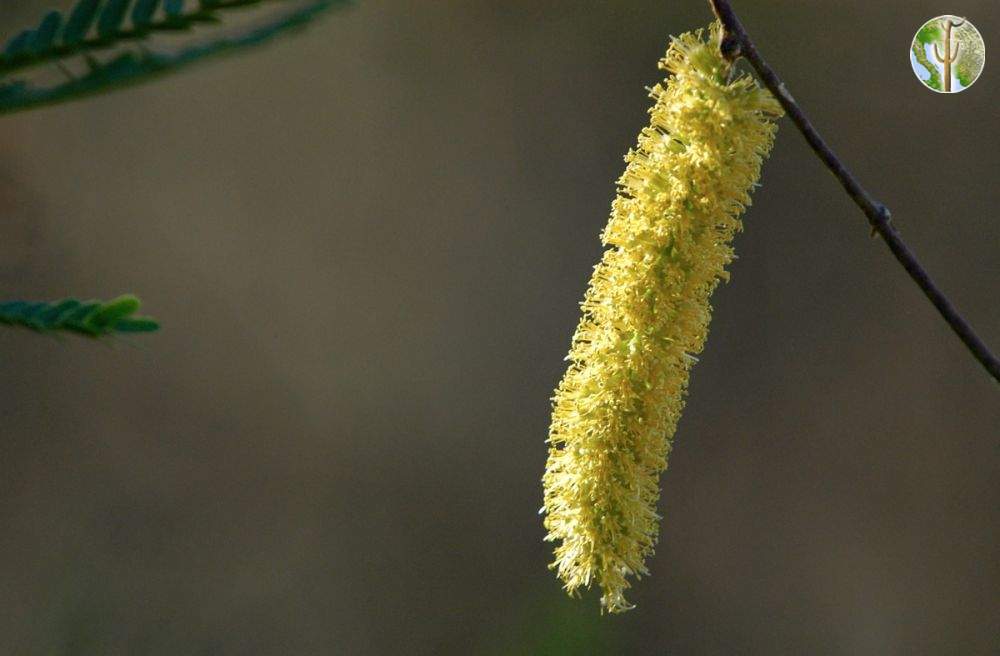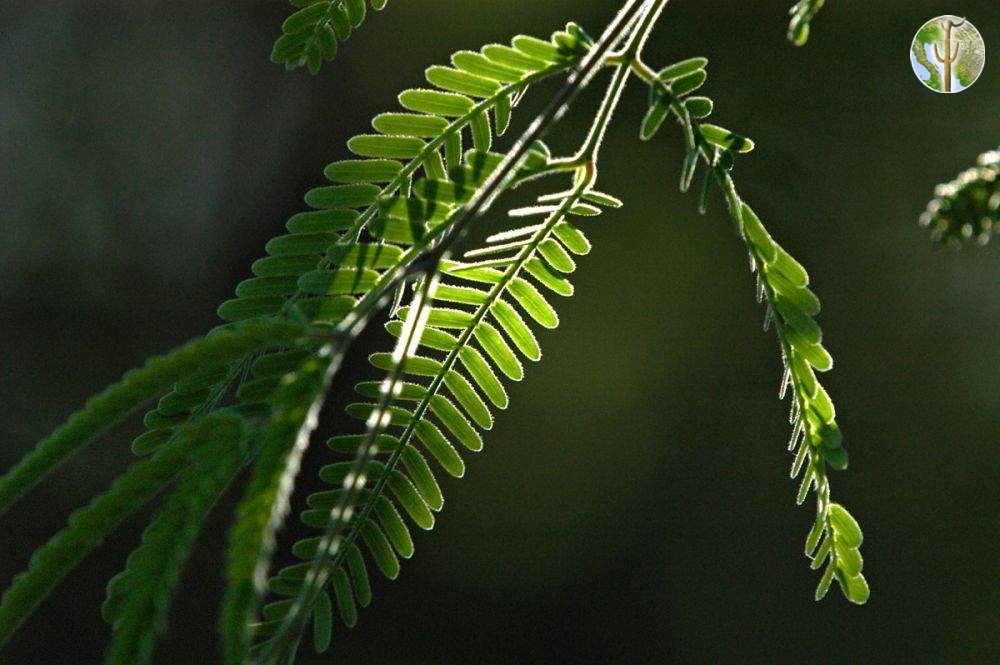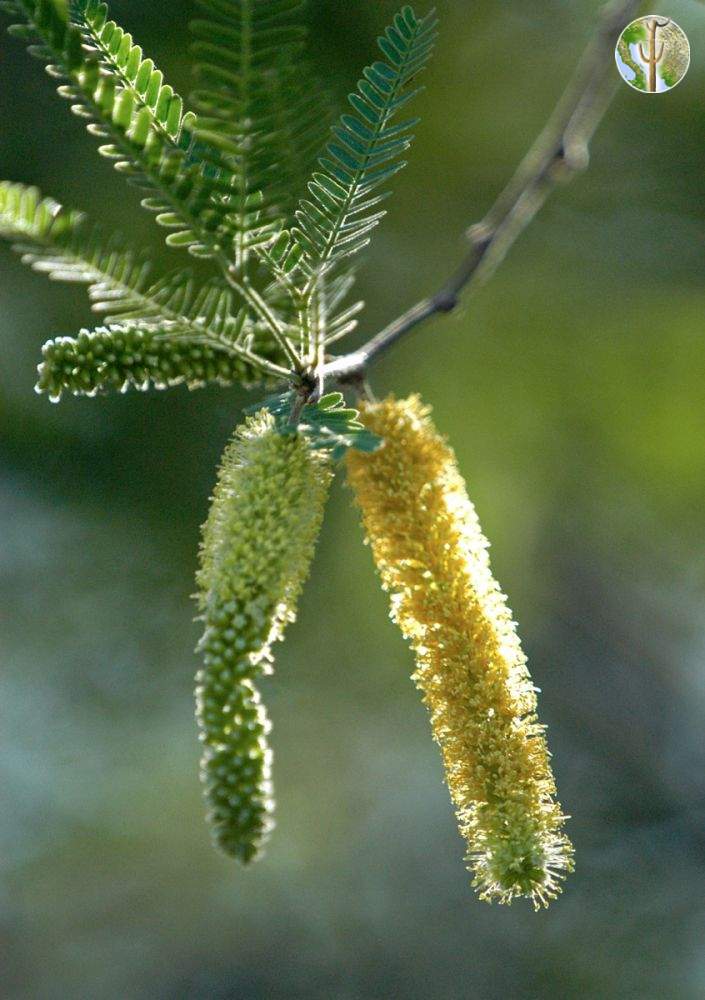Prosopis velutina, velvet mesquite
Maybe more than any other tree in our region, the velvet mesquite plays a vital role on our landscape. This tree is both incredibly tenacious, (sometimes) invasive, as well one of the most productive trees for wildlife.
The tree dominates xero-riparian areas as well as other lowlands with deep or softer soils. It can grow on rockier or less well developed soils, but does so as small tree or even a shrub in some conditions. It is abundant in the right conditions in both the Sonoran Desert and Sinaloan thornscrub. It also dominates semi-desert grasslands and often intrudes into oak woodland.
Mesquite is very important habitat and food sources for birds of many kinds. It is host to abundant caterpillars and other insects, especially in the spring, an essential food source for migrating warblers, vireos, and others. Mesquite bosques are a vital part of a well-functioning xero-riparian ecosystem.
Mesquite growing in poor conditions can survive for decades as a foot-tall shrub with only a few spindly branches. In prime conditions in deep valley bottom soil with aquifer access they can become enormous, dominating, and beautiful trees. Mesquites have the longest/deepest root systems known. Large trees can regularly reach depths of near 100 feet and in one case were documented to 175 feet.
Generally they are cold/winter deciduous, but in warmer winters hang on to some of their leaves. New growth appears quickly around mid-March to late April (depending on the year, location, and elevation) quickly turning dull landscapes a fresh emerald green.
The velvet mesquite is a cornerstone of our region and should garner more respect than it generally gets. In prehistoric (and historic) times the velvet mesquite was one of the most important plants for survival of humans in the region, for food, fuel, and many other uses. More ethnobotany info on mesquite by Richard Felger.
Non-native mesquites from South America have been introduced in many urban areas and readily hybridize with velvet mesquite, contaminating its gene pool. Sadly any trees naturally reproducing in these areas are hybrids.




